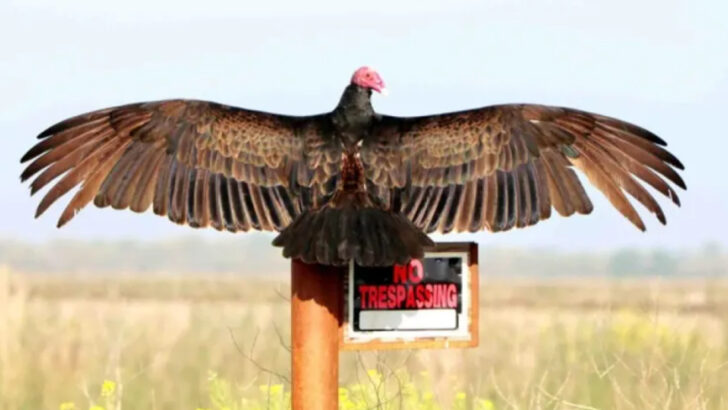They eat what no one else dares to touch—and the planet would fall apart without them.
Nature’s cleanup crew is raw, real, and ridiculously underrated. These animals aren’t here for glamour—they’re here to chew through carcasses, sweep up scraps, and break down the filth the rest of us leave behind.
They’re the maggot-munchers. The bone-snappers. The dung-rollers. The kind of creatures that make you squirm and cheer at the same time.
Without them? Rot would rule. Disease would skyrocket. The wild would drown in its own debris.
So let’s throw some respect toward the scavengers, the decomposers, and the accidental heroes who make life possible by dealing with death, decay, and downright disgusting stuff.
Ready to meet the unsung legends of the natural world? These ten astonishing animals are out there, working overtime to keep Earth from turning into one giant trash pile.
Vultures
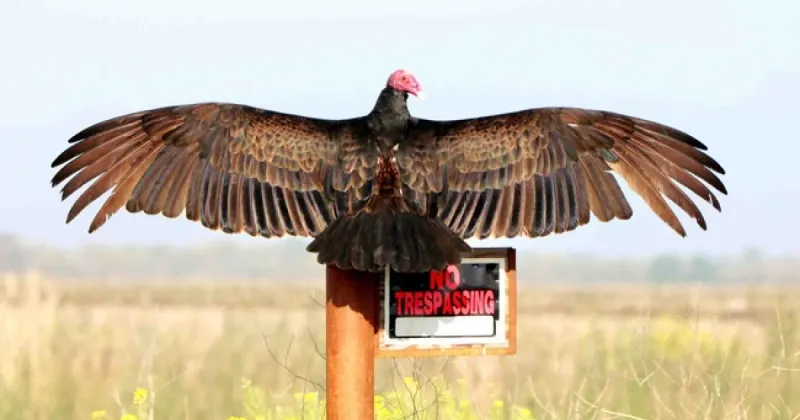
With an innate ability to sniff out the deceased, vultures are nature’s undertakers. Their keen eyesight and strong digestive systems allow them to consume carrion, preventing the spread of disease. Swirling high above, they can spot a carcass from miles away.
These birds are equipped with bald heads, an adaptation to keep clean while feeding. Vultures are crucial in many ecosystems, particularly in Africa where they help control livestock diseases.
Fun fact: Some vulture species can consume anthrax-infected carcasses without falling ill, showcasing their incredible resilience.
Dung Beetles
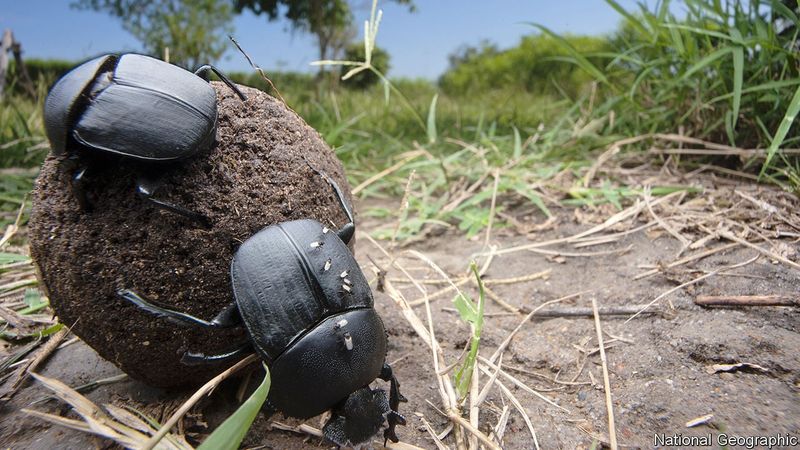
Rolling balls of dung with impressive strength, dung beetles are the unsung heroes of waste management. These beetles recycle nutrients back into the soil, promoting plant growth. Their actions aerate the soil, enhancing its fertility and benefiting agricultural landscapes.
Found on every continent except Antarctica, dung beetles are versatile environmentalists. Their ability to locate dung using celestial navigation is remarkable.
Did you know? Some species can roll dung balls up to 50 times their body weight, showcasing their incredible might and persistence.
Hyenas
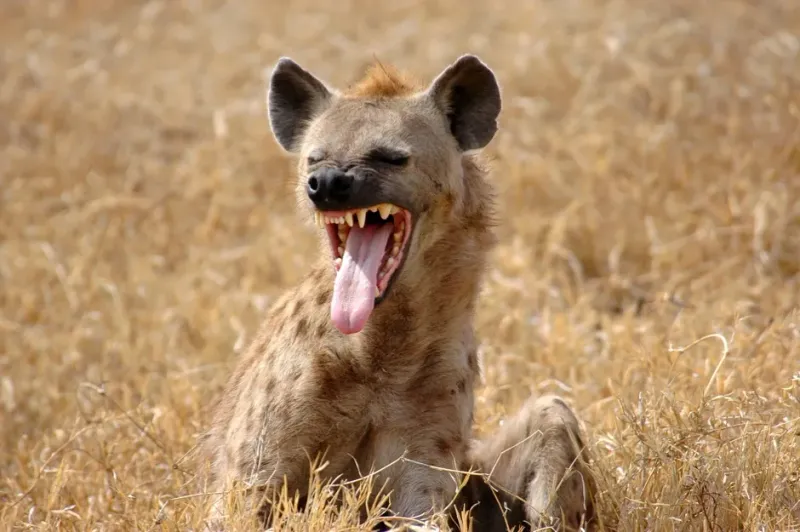
Known for their eerie laughter, hyenas are efficient scavengers. They consume every part of their prey, including bones and hooves, leaving little waste behind. Hyenas play a critical role in controlling animal populations and recycling nutrients.
These adaptable creatures have powerful jaws capable of crushing bones. While often misunderstood, hyenas are integral to their ecosystems.
Interestingly, hyenas have a matriarchal social structure where females dominate. This unique trait sets them apart from many other animal groups.
Cleaner Fish
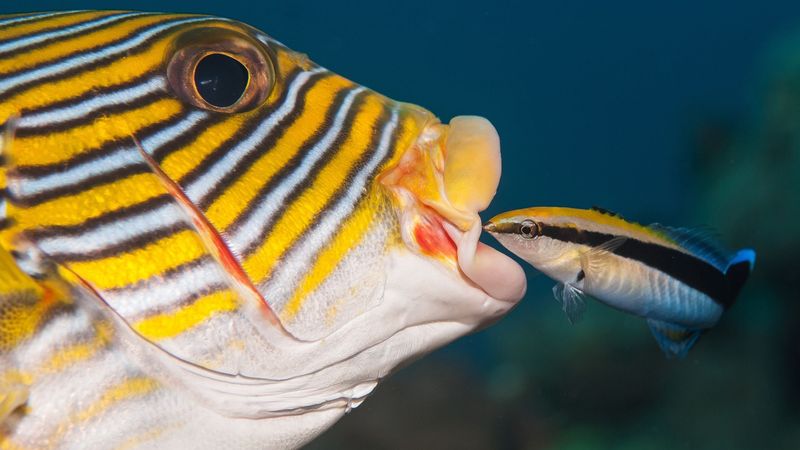
In the colorful world of coral reefs, cleaner fish perform an essential role. They dine on parasites and dead skin from larger fish, ensuring their hosts remain healthy. This symbiotic relationship benefits both parties, fostering a thriving marine ecosystem.
Cleaner fish are known for their distinctive stripes and swift movements. They signal their services by dancing excitedly near potential clients.
Did you know? Some cleaner fish exhibit mimicry, imitating other species to avoid predators while performing their duties.
Earthworms
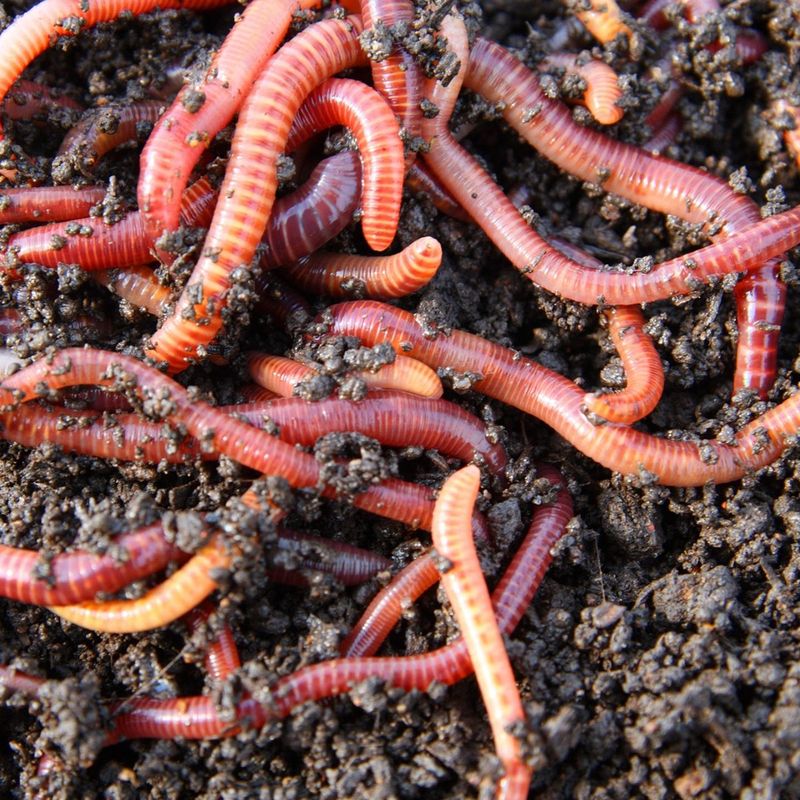
Beneath our feet, earthworms are tirelessly at work. These creatures aerate the soil and break down organic matter, enriching the earth for plants. Their tunnels improve water drainage and root penetration, promoting healthier plant growth.
Found in gardens worldwide, earthworms are vital for sustainable agriculture. Their presence is a sign of fertile soil.
Fun fact: Earthworms can consume their own weight in soil every day, showcasing their efficiency as natural recyclers.
Nudibranchs
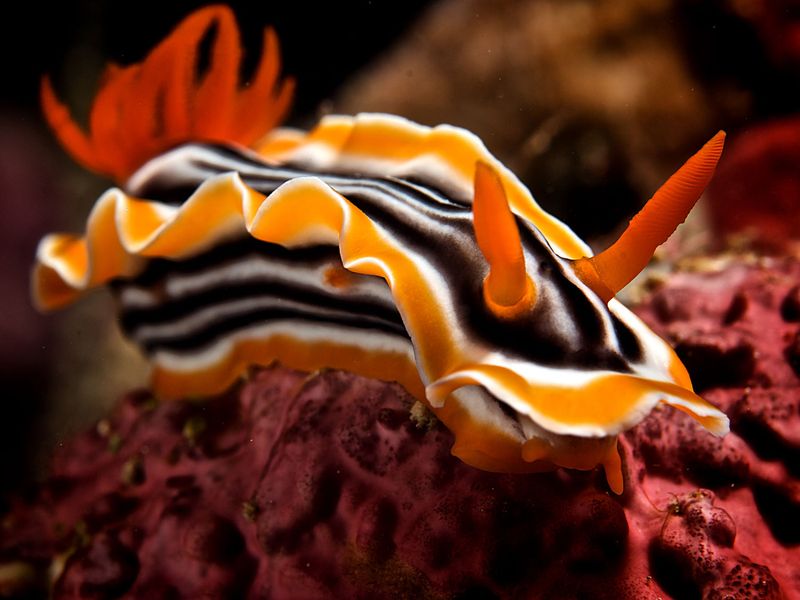
Decorated with vibrant colors, nudibranchs are marine gastropods that consume sponges and algae. These creatures help control overgrowth in coral reefs, maintaining ecological balance. Their striking appearance warns predators of their toxicity.
Nudibranchs exhibit a variety of shapes and colors, often matching their surroundings. This camouflage aids in their survival.
Did you know? Some nudibranchs can store and use the stinging cells from their prey for defense, an extraordinary adaptation.
Crows
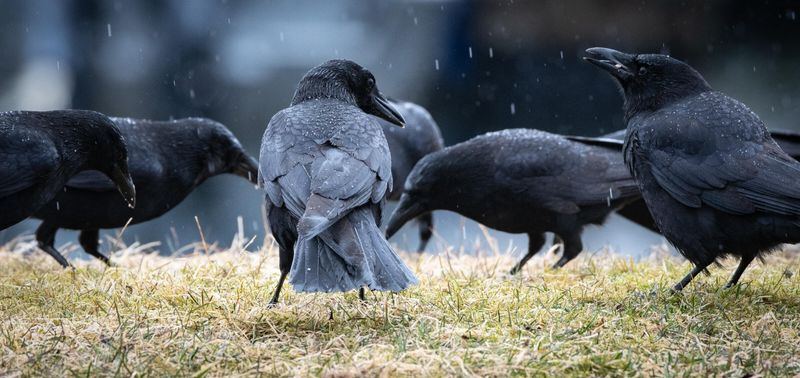
With their intelligent eyes and curious nature, crows are urban cleanup specialists. These birds scavenge litter and debris, playing a crucial role in reducing waste in cities. Their adaptability to diverse environments makes them effective urban dwellers.
Crows are known for their problem-solving skills and complex social behavior. They can recognize human faces and remember interactions.
Interestingly, crows have been observed using tools to obtain food, a testament to their remarkable intelligence.
Remoras
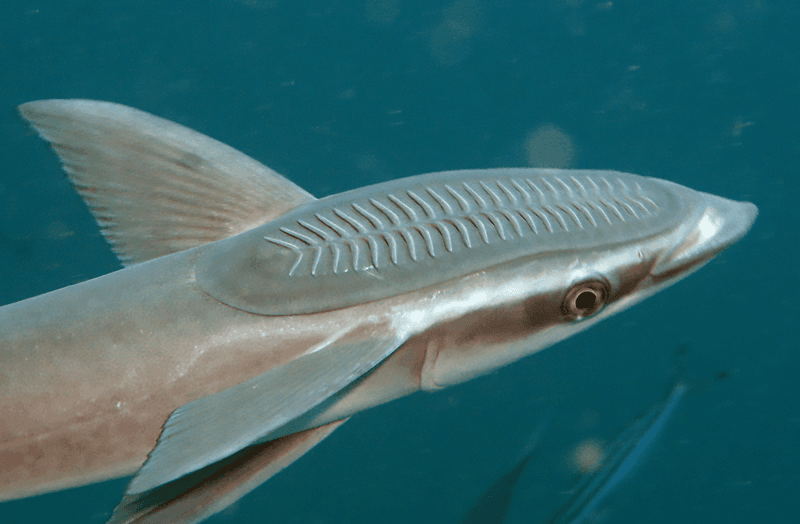
Equipped with sucker-like discs, remoras hitch rides on larger marine animals like sharks and turtles. They feed on parasites and leftover scraps, cleaning their hosts and the ocean floor. This symbiotic relationship benefits both parties.
Remoras are known for their streamlined bodies, suited for life on the move. They detach to feed, quickly reattaching afterward.
Did you know? Remoras can switch between hosts, ensuring they find the best feeding opportunities in the vast ocean.
Ants
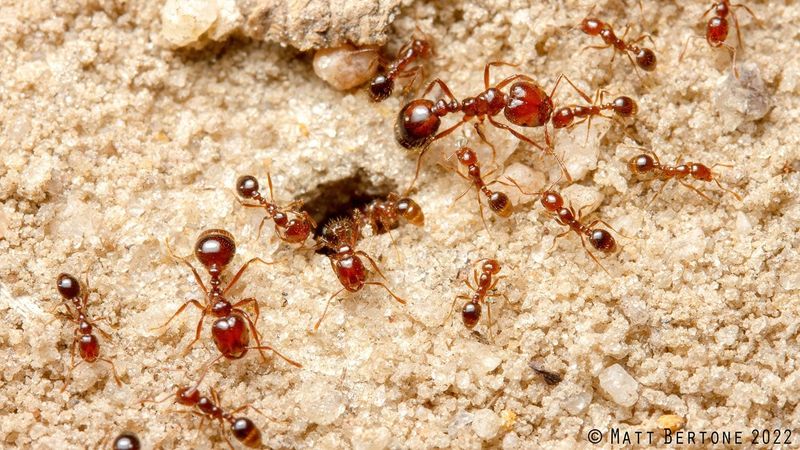
In bustling colonies, ants work tirelessly to maintain their environment. They decompose organic material, recycling nutrients back into the soil. Ants also aid in seed dispersal, promoting plant diversity.
These industrious insects communicate through pheromones, coordinating complex tasks efficiently. Their teamwork is a marvel of nature.
Did you know? Some ant species farm aphids for honeydew, demonstrating a fascinating form of mutualism in the animal kingdom.
Shrimp
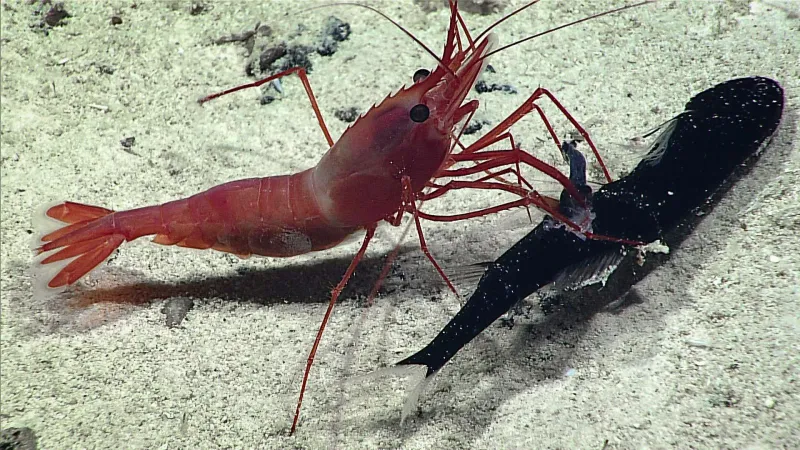
In the vibrant world beneath the waves, shrimp serve as diligent cleaners. They remove parasites and debris from fish, fostering healthy aquatic life. These tiny crustaceans are essential in coral reef ecosystems.
Shrimp often establish ‘cleaning stations’ where fish come for grooming. Their vibrant colors and swift pincers make them easily recognizable.
Fun fact: Some shrimp species can communicate using sound, a unique adaptation for coordination in the bustling reef environment.

